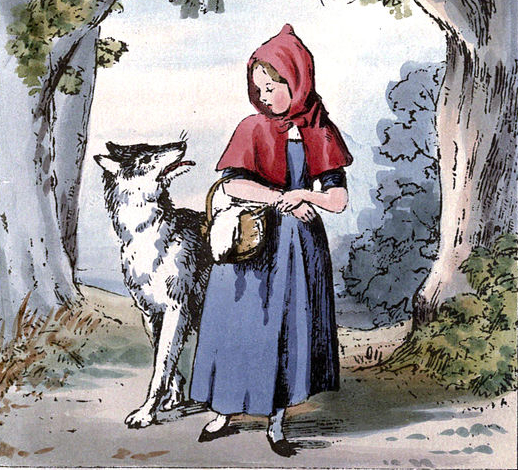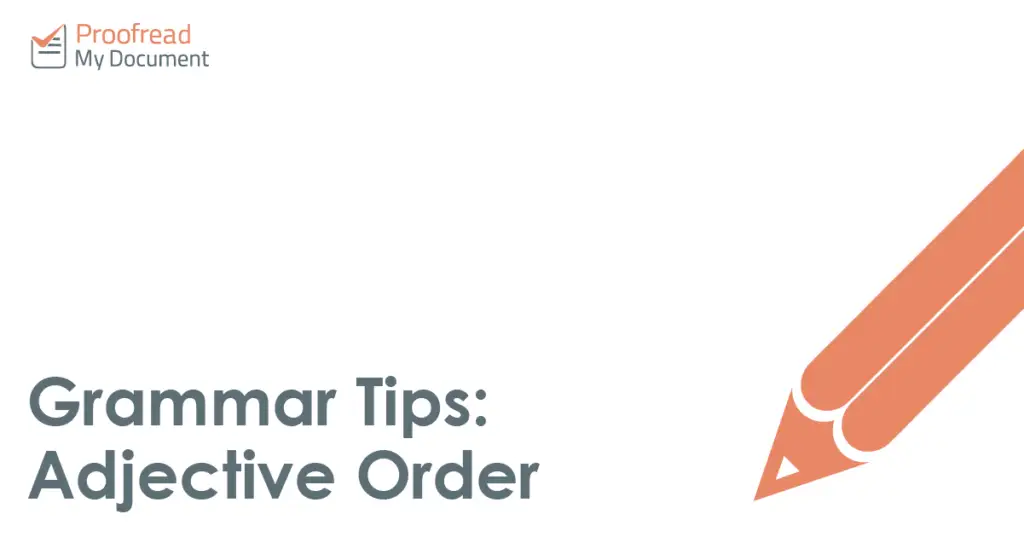If you’ve grown up speaking English, you probably follow all kinds of grammar rules without even knowing it. Take adjective order, for example: you might not be able to explain why, but you’ll instantly know that ‘pretty pink flower’ sounds more natural than ‘pink pretty flower’.

Here, then, we have some basic rules for making sure you write adjectives in the correct order.
What Is Adjective Order?
When we talk about adjective order, we’re referring to the rules that govern how we write adjectives when using more than one term to modify another word. The standard order is as follows:
- Quantity (e.g. four, some, several)
- Value/Opinion (e.g. good, bad, beautiful, strange)
- Size (e.g. big, small, wide)
- Age
- Physical quality (e.g. square, round, smooth, rough)
- (e.g. old, young, new)
- Colour (e.g. red, blue, light, dark)
- Origin/Nationality (e.g. Australian, American, British)
- Material (e.g. glass, wool, wood)
- Type/Purpose (e.g. running, mixing, sleeping)
The idea here is that this usually reflects how important the adjective is for describing something. If we talk about a ‘blue running shoe’, for example, ‘running’ is more important because it tells us the type of shoe being discussed, not just its colour. As such, ‘running’ goes closer to the noun ‘shoe’.
Tricky Compound Nouns
Sometimes, you’ll come across a compound noun that doesn’t seem to obey the rules set out above. For example, there are two species of black bear: the American black bear and the Asian black bear.

If we were sticking rigidly to the adjective order suggested above, we’d have to call them the ‘black American bear’ and the ‘black Asian bear’, because colour comes before the place of origin.
Find this useful?
Subscribe to our newsletter and get writing tips from our editors straight to your inbox.
In this case, though, ‘black’ is a type of bear, not just its colour. As such, ‘black’ is the most important modifying term in these cases, so we place it closer to ‘bear’.
Exceptions to the Rules
There are a few other cases where the guidelines above about adjective order don’t apply. One famous example is the Big Bad Wolf from Little Red Riding Hood. If we stuck to the rules above, it should be ‘bad big wolf’, as ‘bad’ is essentially an evaluation/opinion and ‘big’ refers to size.

Yet if we say ‘bad big wolf’, it just sounds wrong. This is because we typically put certain vowel sounds before others when repeating a sound. So just as we say ‘zigzag’ instead of ‘zagzig’, we say ‘big bad’ because we usually put an ‘-i-’ sound before an ‘-a-’ sound in these cases.
You don’t have to remember all this in detail, but keep in mind that some adjectives can go in the ‘wrong’ order if it sounds right. If you’re not sure about a particular term or phrase, try saying it out loud or asking a friend. And remember that you can always get your work proofread, too!



